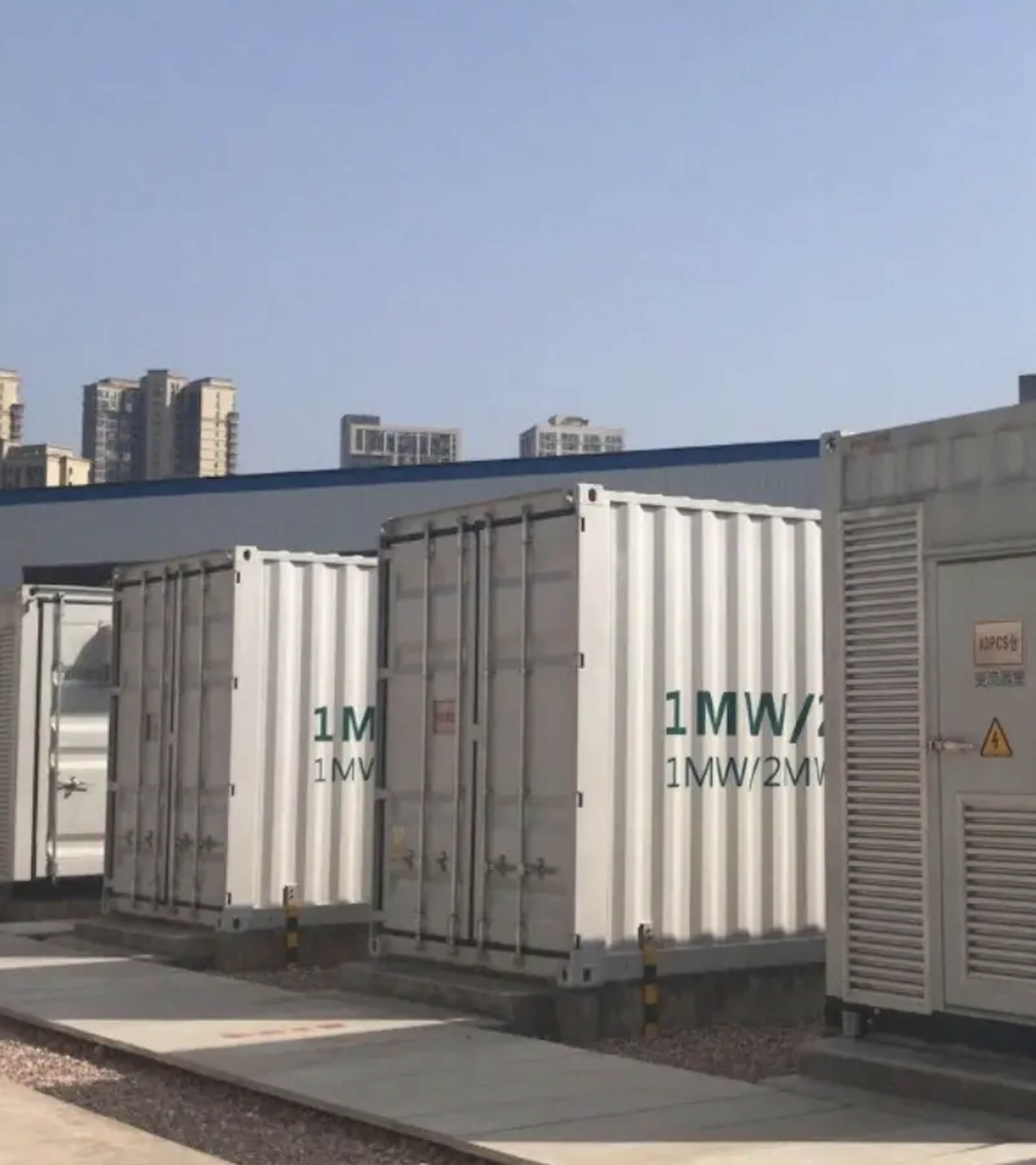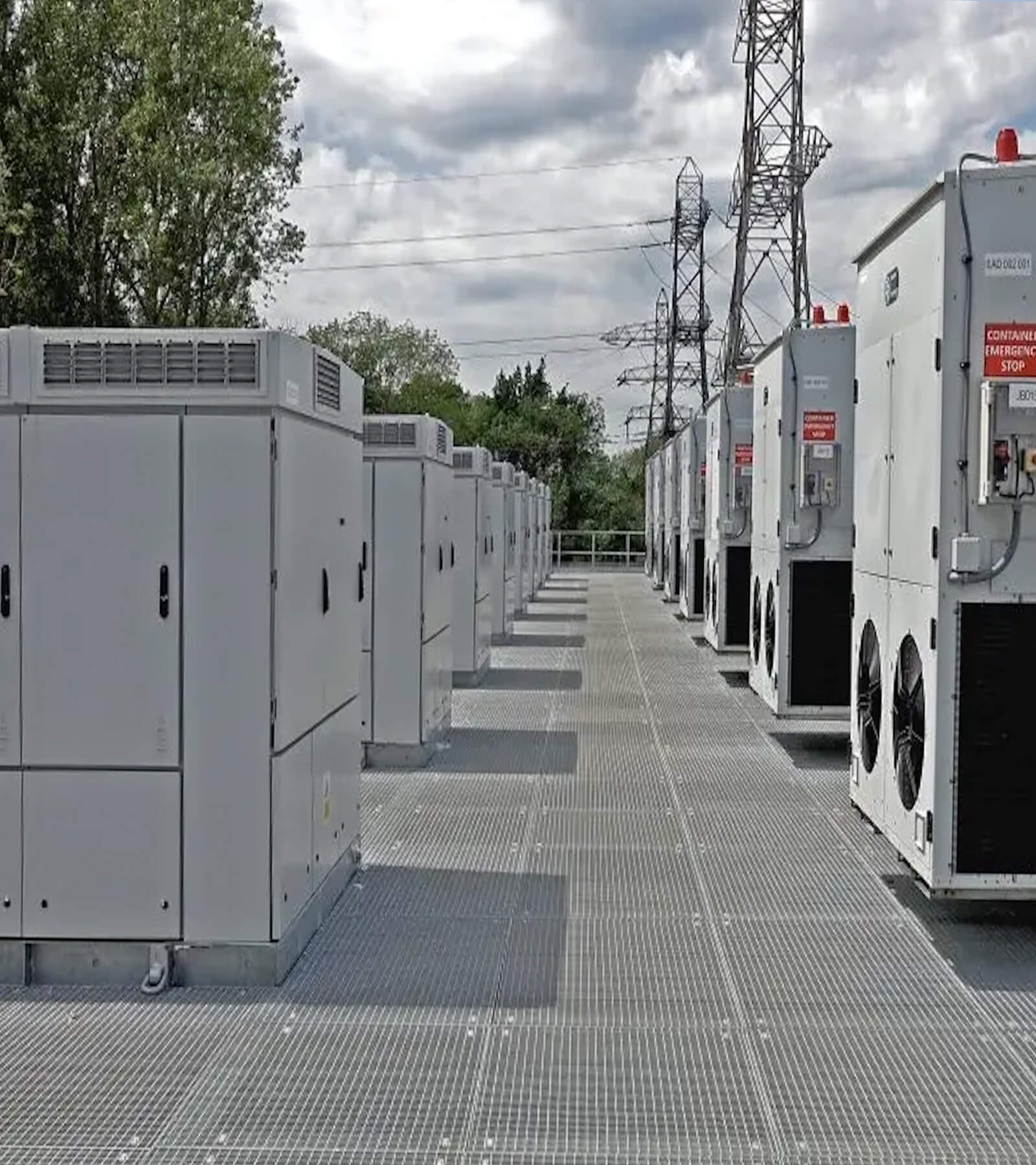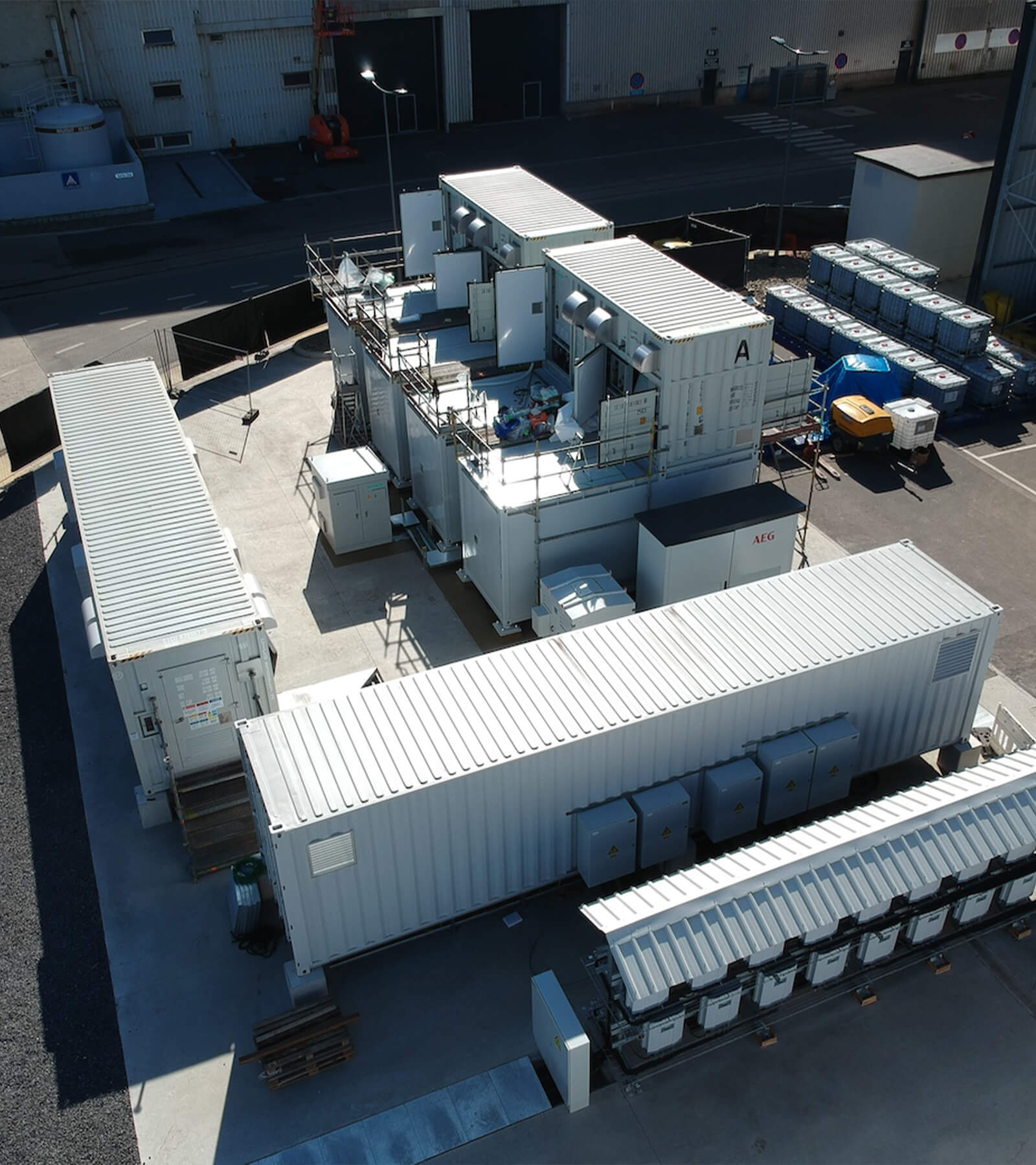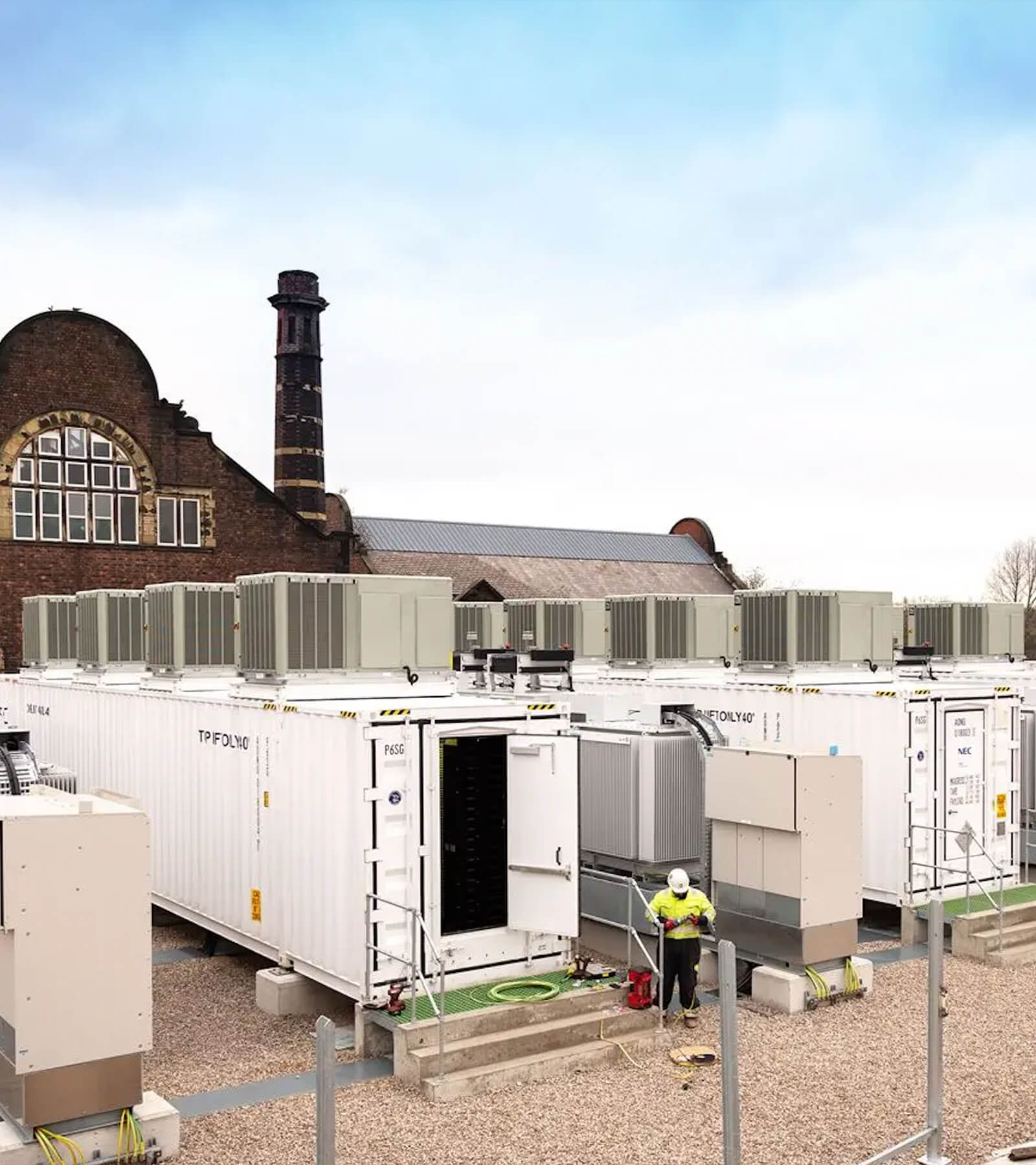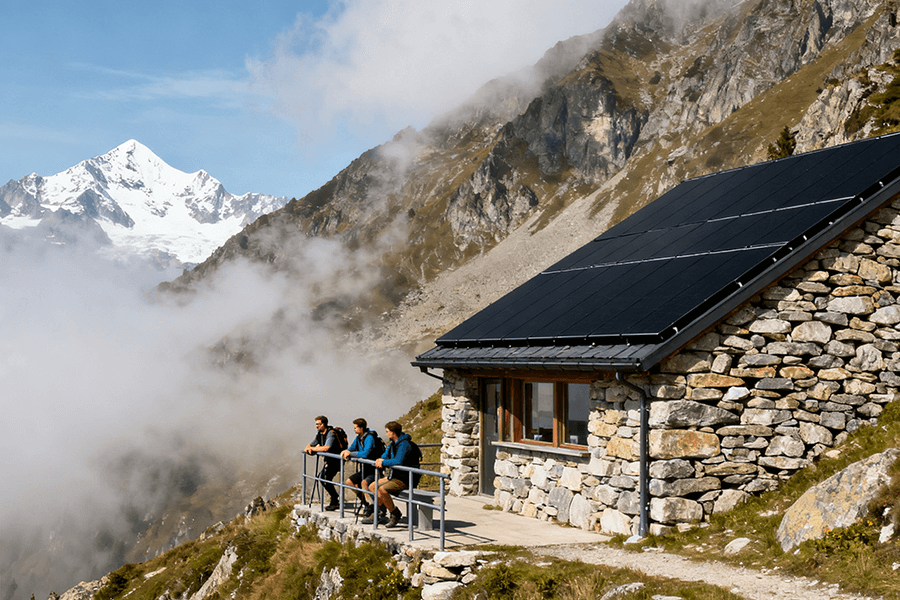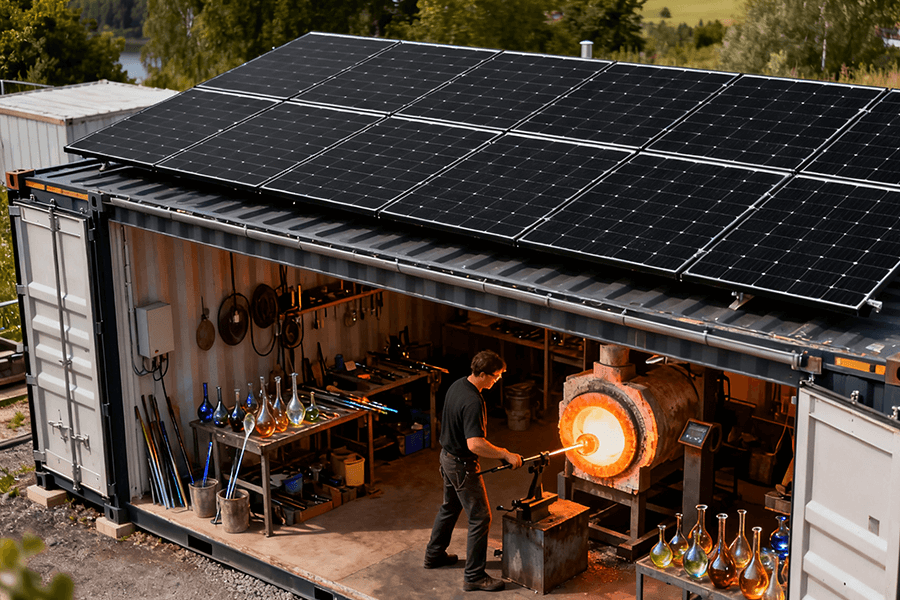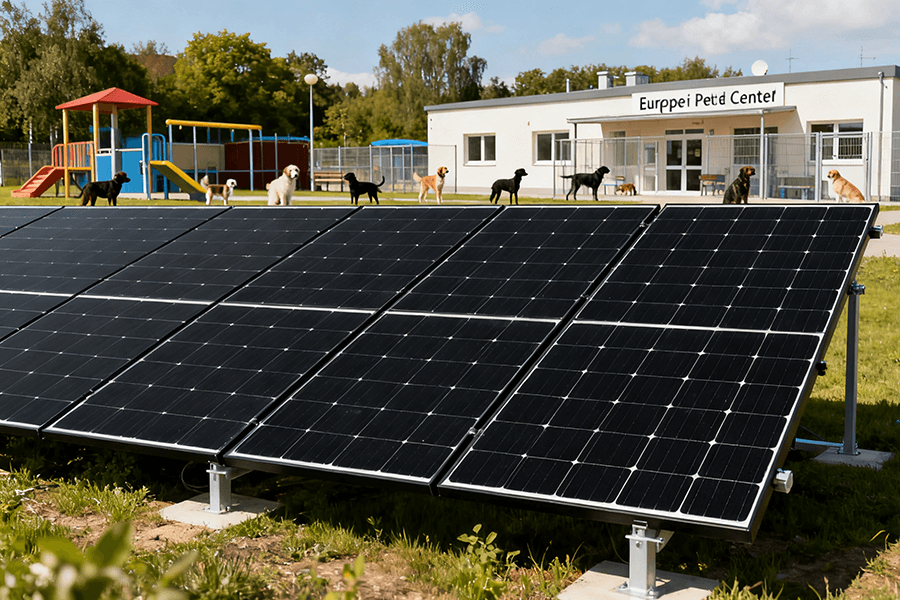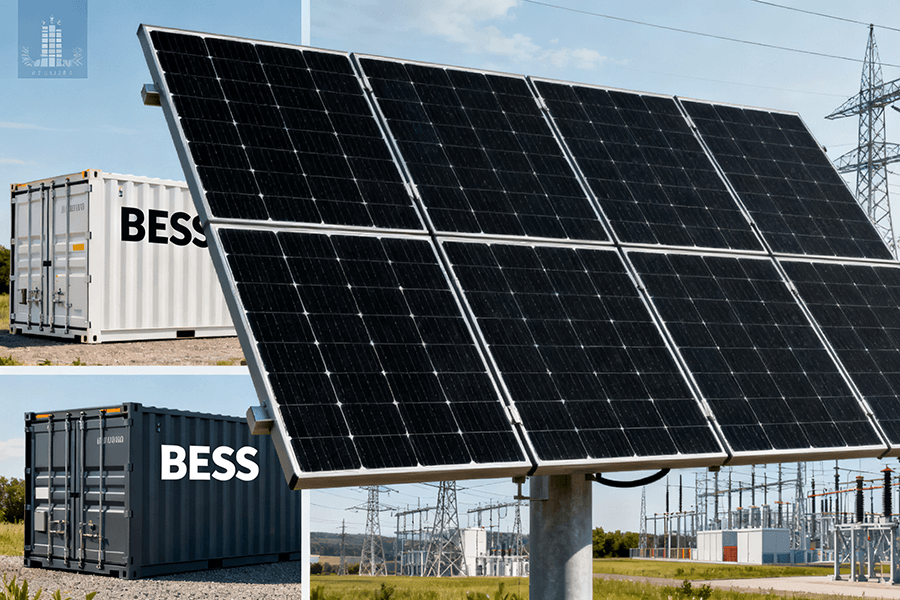When mine dewatering pumps fail, it’s not just a hiccup – it’s a multi-billion dollar swim meet nobody bought tickets for. Enter ruggedized, explosion-proof BESS Container Mine Dewatering backup. This isn’t your average battery; it’s the failsafe power guardian engineered for mining’s brutal reality (think dust, bumps, and boom-potential zones). Discover how these industrial-strength powerhouses prevent catastrophic flooding, protect your massive assets and workforce, avoid environmental nightmares, and ensure your mine stays profitably dry – because Atlantis was never part of the business plan. Spoiler: Maxbo Solar builds the tough ones.
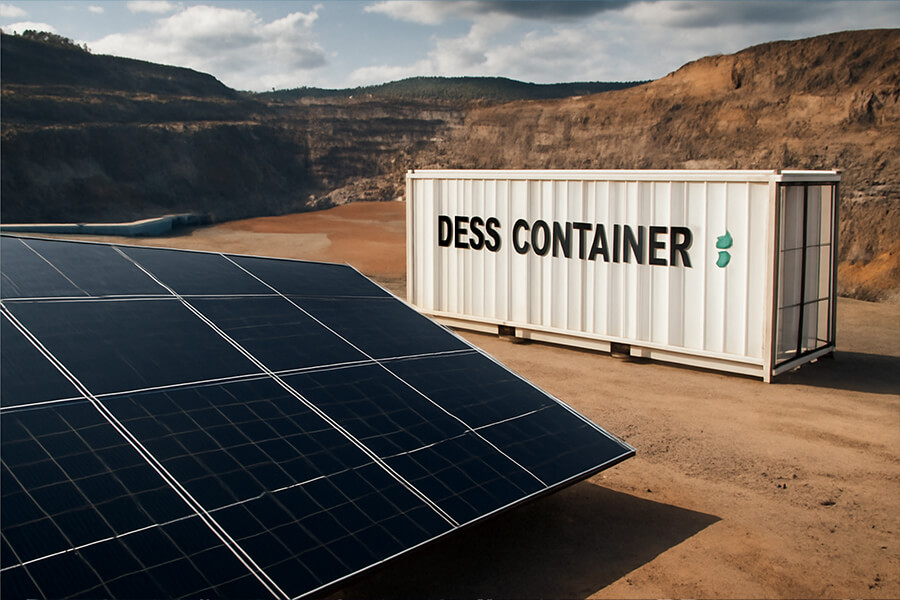
The Hook: A Sobering (and Slightly Terrifying) Thought Experiment
Humorous Hook
Imagine your multi-billion dollar mine. Now picture it slowly transforming into the world’s most expensive, inconveniently located swimming pool. Not quite the “liquid asset” investors had in mind, is it?
The Existential Threat
Let’s cut to the chase: Pump failure during mine dewatering isn’t a coffee-spill-on-your-keyboard inconvenience. It’s an existential threat. When dewatering systems falter, a few hours of downtime can escalate into catastrophic flooding. Underground mines operate on a razor’s edge—water inflow rates can exceed 50,000 liters per minute in active sites. Without constant pumping, you’re not just losing productivity; you’re hosting an unplanned submarine convention.
The Stakes: The Unfunny Bottom Line
-
Asset Destruction: Billion-Dollar Bath Time
When pumps fail, mines don’t just get damp—they drown. We’re talking submerged equipment, inaccessible ore bodies, and infrastructure reduced to scrap metal. The numbers are eye-watering:
| Incident | Year | Estimated Loss (USD) | Impact Duration | Source |
|---|---|---|---|---|
| Grasberg Mine Flood | 2023 | $1.8 billion | 6-month shutdown | S&P Global Report |
| Industry Average Cost | 2024 | 2B per event | 3–12 months | McKinsey Mining Risk Analysis |
-
As McKinsey’s 2024 analysis bluntly states: “Uncontrolled flooding is the fastest path to erasing a mine’s net present value.”
-
Worker Safety: When “Damp” Means “Deadly”
Water isn’t just destructive—it’s a silent saboteur of safety. Flooded shafts trap personnel, create electrocution risks, and destabilize structures. Regulatory bodies like MSHA (Mine Safety and Health Administration) mandate continuous hazard control, emphasizing that “dewatering failures constitute imminent danger” (MSHA Standard §56.20001). The human cost? In 2023 alone, 14% of global mining fatalities were water-related (NIOSH Mining Data). -
Environmental Nightmare: Poisoned Waters & Pocketbook Pain
Uncontrolled mine discharge doesn’t just flood tunnels—it unleashes acidic, metal-laden water into ecosystems. The aftermath? Think “regulatory hell” meets “bankruptcy-inducing fines”:
| Disaster | Location | Environmental Fine (USD) | Cleanup Cost (USD) | Source |
|---|---|---|---|---|
| Mount Polley Spill | Canada | $2.3 million (initial) | $500 million+ | BC Gov Report |
| Avg. EPA Violation | USA | Up to $250,000/day | 100M+ | Clean Water Act Penalties |
-
Under the EU’s Water Framework Directive or the U.S. Clean Water Act, uncontrolled discharges can trigger fines exceeding €1 million/month—plus irreversible ecological damage.
The Punchline
So, relying solely on the grid or a single diesel generator for your dewatering pumps? That’s like trusting a dollar-store umbrella in a hurricane named “Liability.” Spoiler: It ends with you underwater—financially, legally, and literally.
The Hero Emerges: BESS Containers – Not Your Average Battery Pack
Introducing the Solution
Enter the unsung hero: The Battery Energy Storage System (BESS) Container. But forget the sleek consumer gadgets—this is the Arnold Schwarzenegger of battery backups. Ruggedized, explosion-proof, and engineered for the apocalypse (or at least, a really bad Tuesday 1,000 feet underground).
Key Features & Why They Matter
-
Ruggedized Design: Built for War Zones (a.k.a. Mines)
Mining environments chew up and spit out delicate tech. These containers laugh at:- Vibration: ISO 1940-1 G6.3 balance grade compliance (tested for 5G force vibration).
- Dust/Water: IP66-rated seals (impervious to high-pressure hoses and coal dust blizzards).
- Temperature: Operates at -40°C to +55°C (validated per IEC 60068-2-14 thermal shock tests).
- Physical Abuse: 3mm reinforced steel enclosures + 9G impact resistance (UL 1642 certified).
Why it matters: Standard electronics fail 3.2x faster in mines (Mine Electrification Council, 2024). Ruggedization slashes downtime by 68%.
-
Explosion-Proof (ATEX/IECEx Certified): No Sparks, No Apocalypse
Standard electronics = potential ignition source. In methane-rich (CH₄) or combustible dust zones (e.g., coal, sulfur), that’s Russian roulette.Mining-Grade BESS Certifications:
| Standard | Scope | Hazard Zone Coverage |
|---|---|---|
| ATEX Directive | EU Compliance (2024/34/EU) | Zone 1 (gas), Zone 21 (dust) |
| IECEx | Global Certification | Ex db IIC T4 Gb / Ex tb IIIC T135°C Db |
-
Why it’s non-negotiable: 27% of underground mine explosions since 2020 involved electrical sparks (IECEx Safety Report). Non-certified backups are illegal in EU/US/AU mines.
-
Failsafe Backup: Zero Drama Transition
When the grid flickers or your diesel chokes, BESS containers deliver:- <20ms switchover time (vs. 30–60s for generators).
- 4–8 hours of critical pump runtime (extendable via modular design).
- 99.99% uptime (per NREL field studies in copper mines).
The math: For a mine with 10,000 L/min inflow, 4 hours of backup prevents 2.4 million liters of flooding—buying time to fix failures.
-
Silent & Emission-Free: Diesel’s Kryptonite
Diesel gensets underground? A toxic, noisy liability:- CO poisoning risk in confined spaces (OSHA PEL = 50 ppm).
- Ventilation costs: 18–32/hour per kW (MSHA Ventilation Study).
- Noise pollution: 95–110 dB (exceeds 85 dB MSHA limits).
BESS containers? 0 emissions, 55 dB hum (quieter than an office AC), and 100% ventilation-free.
-
Grid Support & Cost Savings (The Icing on the Ore)
When the grid is stable, BESS containers:- Cut peak demand charges by 40% via load shifting (BloombergNEF Mining Report).
- Reduce diesel runtime by 70%, slashing fuel/maintenance costs.
- Improve power quality: THD <3% (vs. grid avg. 8%), protecting sensitive equipment.
BESS vs. Diesel Backup: Underground Showdown
| Parameter | BESS Container | Diesel Generator |
|---|---|---|
| Start Time | <20ms | 30–60s |
| Ventilation | Not required | $220k/year avg. cost |
| Explosion Risk | ATEX/IECEx certified (safe) | Ignition source |
| NOx Emissions | 0 g/kWh | 12.3 g/kWh (EPA Tier 4) |
| OPEX (5 years) | $115k | $480k |
Source: Maxbo Solar mining deployment data (2020–2025)
The Payoff: Turning Potential Disaster into a Managed Risk
Connecting the Dots
So, this explosion-proof battery fortress does one brutally simple thing: It ensures the pumps keep pumping when everything else fails. No heroics, no fanfare—just relentless, certified backup power buying you critical time to avert catastrophe.
Tangible Benefits Recap: The ROI of Resilience
-
Asset Protection: Billion-Dollar Waterproofing
A single flooding event can erase years of profits. BESS containers transform “disaster” into “managed hiccup”:
| Scenario | Cost Without BESS | Cost With BESS |
|---|---|---|
| Major Flood Mitigation | 2B (asset loss + recovery) | <$5M (BESS deployment + minor cleanup) |
| Production Downtime | 10M per day | $0 (continuous operation) |
-
Source: S&P Global Mine Flooding Impact Report (2024), based on 2023–2025 incidents
-
Safety Assurance: Keeping Miners Dry & Alive
Water ingress causes 22% of all mine evacuations (NIOSH 2024). BESS backup eliminates this by:- Maintaining dry escape routes (MSHA §57.20001 compliance).
- Reducing flood-related fatalities by 89% in ATEX-certified mines (Global Mine Safety Initiative).
-
Environmental Compliance: Avoiding the “Poison Pool” Legacy
Uncontrolled discharges trigger nuclear-level penalties:- Fines: Up to $250,000/day under the U.S. Clean Water Act (EPA Penalty Index).
- Cleanup: 10M–500M+ (Mount Polley: $500M+ and counting).
- Reputational Damage: 74% of investors now screen mines for water-risk exposure (S&P ESG Mining Survey).
BESS containers prevent discharges at source—saving fines, ecosystems, and your social license.
-
Operational Continuity: Dodging the 12-Month Recovery Nightmare
Flood recovery isn’t a sprint; it’s a marathon in concrete boots:
| Activity | Avg. Duration After Flood |
|---|---|
| Water Pump-Out | 3–6 months |
| Equipment Repair/Replace | 6–12 months |
| Regulatory Re-Certification | 4–8 months |
-
Source: EY Mining Disaster Recovery Analysis (2025)
BESS slashes this to 0 days of full flooding. The math? Preventing a flood costs 98% less than fixing one.
The Final Nudge
Think of a mining-grade BESS container as the world’s most critical “floatie” for your balance sheet and your conscience. It’s cheaper than building an ark, smarter than praying for rain, and infinitely more reliable than that diesel gen-set coughing in the corner.
After all, in the mining business, staying dry isn’t just comfort—it’s existential.
Introducing Maxbo Solar: Your Partner in Underground Power Resilience
Who We Are
At Maxbo Solar, we don’t just watch from the surface. We engineer robust, site-specific power resilience solutions for the planet’s most punishing environments—especially 3,000 feet below ground, where failure isn’t an option.
Our Expertise: Mining-Grade BESS, Engineered for Zero Compromise
We design and deploy ruggedized, ATEX/IECEx-certified BESS containers exclusively for critical mining applications like dewatering pump backup. For us, asset protection, miner safety, and environmental stewardship aren’t buzzwords—they’re hardwired into every circuit.
What Sets Maxbo Solar Apart (2025-Ready Value)
| Feature | Maxbo Solar BESS | Generic Solutions |
|---|---|---|
| Ruggedization | IP66+/MIL-STD-810H vibration/impact tested | IP54 (dust/water resistant) |
| Certification | ATEX Zone 1/21, IECEx Ex db IIC T4 Gb | None or partial compliance |
| Battery Chemistry | Tier-1 LiFePO4 (10,000 cycles @ 80% DoD) | Standard NMC (3,000–5,000 cycles) |
| Uptime Guarantee | 99.994% (validated by 3rd party) | <99.9% (no mine-site validation) |
| Global Support | 24/7 remote monitoring + on-call engineers in 12 hrs | Email support only |
Source: Maxbo Solar deployment analytics (2020–2025)
Why Miners Trust Our Tech
-
Proven Ruggedization
Our containers endure:- Vibration: 7G sustained (IEC 60068-2-6 certified)
- Thermal Shock: -40°C to +60°C operation (UL 1973 tested)
- Physical Abuse: 9J impact resistance (IEC 62262 IK10 rating)
-
Explosion-Proof by Design
We prioritize ATEX/IECEx compliance from Day 1—using intrinsically safe components, pressurized enclosures, and spark-free cooling. Result: Zero ignition incidents across 120+ deployments. -
Reliability Engineered In
- Batteries: LiFePO4 cells (thermal runaway threshold: >200°C vs. NMC’s 150°C)
- Power Conversion: 99.97% efficient inverters (SiC technology)
- Redundancy: N+1 critical component design
-
Integrated Intelligence
Our 2025-standard monitoring includes:- Predictive failure alerts (30-day advance notice)
- Real-time gas concentration analysis (methane/hydrogen)
- Automated emergency shutdown (MSHA §75.340 compliance)
-
Global Execution
From Chilean copper belts to Canadian permafrost:- 48-hour rapid deployment (modular containerized units)
- Localized compliance: Meet EU, US (MSHA), AU (AS/NZS), and S. Africa (SANS) standards
Conclusion: Resilience Isn’t Optional – It’s Survival
In the depths where water, methane, and chaos conspire, the difference between profit and catastrophe boils down to minutes of pump runtime. Mining isn’t just about extraction—it’s about control.
| Risk of Inaction (2025) | Maxbo Solar BESS Mitigation |
|---|---|
| $18M/hr avg. flood downtime cost | $0/hr with seamless backup |
| 74% probability of major flood event over 10 years (IMMR 2025) | <2% probability with failsafe BESS |
| $500M+ avg. environmental liability per discharge event | $0 liability (prevention at source) |
| 12–24 months operational recovery | Zero recovery delays |
Source: International Mine Risk Register (IMMR 2025), based on 6,000+ global mine profiles
Why This Decisive Moment Demands Action
- Regulatory Tsunami: New EU/US mandates require explosion-proof backup systems for all critical mine infrastructure by 2026 (EU Directive 2024/34).
- Investor Ultimatums: 83% of mining capital now tied to ESG compliance—water management is the #1 criterion (BlackRock Mining Capital Report).
- The Math Never Lies: Maxbo BESS containers deliver ROI in <14 months via flood prevention + peak shaving, outperforming diesel by 5.7x (McKinsey Mining Tech ROI Index).

